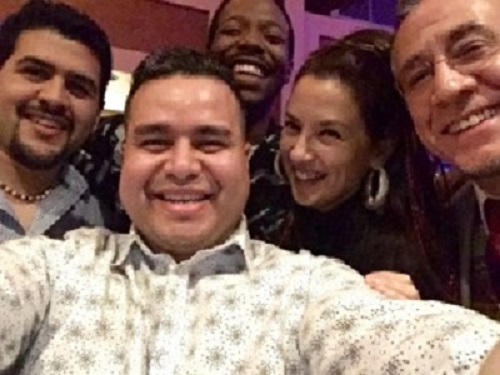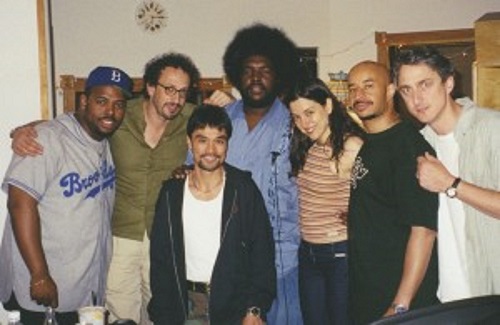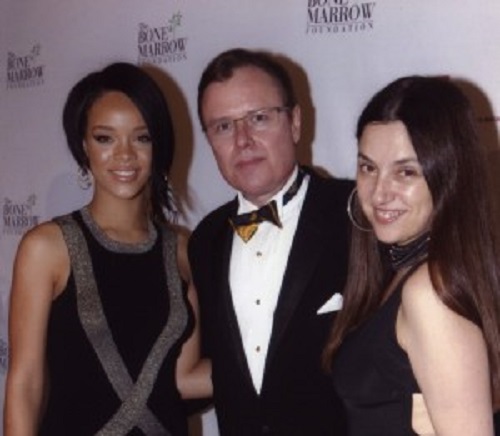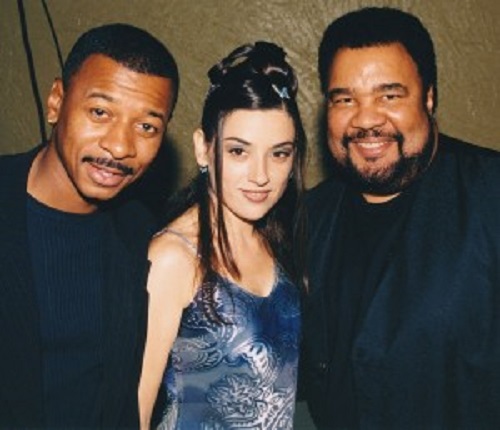On October 26, 2024, the Sonero of the World, Óscar D’León, arrived at the Coca Cola Music Hall in San Juan, Puerto Rico. The concert, scheduled for 6:00 p.m., began an hour late. However, attendees waited patiently until Óscar made his energetic entrance onto the colorful stage that was dressed in salsa for the occasion.

For approximately two hours, the bassist was accompanied by his own orchestra, whose musicians traveled from Miami, Florida, USA. Between soneo and soneo, the Oscar of Salsa informed us that the inconvenience causing the delay had to do with a musician, who having stayed in Miami did not have the possibility of reaching Puerto Rican soil on time.
D´León, with more than half a century of musical career and a long list of hits, delighted the audience with the songs that have made him one of the favorite salsa singers of the Island of Enchantment. He started the evening with “Llorarás”, which ignited the passion of the audience gathered at the Coca Cola Music Hall, and who sang the hit at the top of their lungs alongside the bassist. This was followed by the songs “Bravo de verdad”, “Yo quisiera”, “Hechicera”, “Taboga” -from Dimensión Latina-, accompanied by his backing singer, Johnny Silva, “La murga”, “Detalles”, “La cadenita”, “Idilio” -also a duet with Johnny Silva- and “Mi bajo y yo”. During the interpretation of the latter he was accompanied by the instrument with which he achieved fame to recall his beginnings as a bassist, vocalist and dancer.

The historic concert with the bass was followed by ‘Irimó’, ‘Sigue tu camino’, ‘La piragua’, ‘Que buen baila usted’, ‘En mi Viejo San Juan’, ‘La Mazucamba’, ‘El frutero’, ‘El manicero’, ‘Esa mujer’, ‘Juanita Morell’ and ‘Matasiguaraya’.
As usual, the concert was characterized by the energy of El León de la Salsa and the affection he receives every time he visits Borinquen. Rosalis Torres’ production team took care of every detail, making sure that everything flowed with the same impeccability as always. Once again, the salsa audience was pleased and waiting for the next concert.

Also Read: Willie Rosario, El Rey del ritmo by journalist and music researcher Robert Téllez M.

















